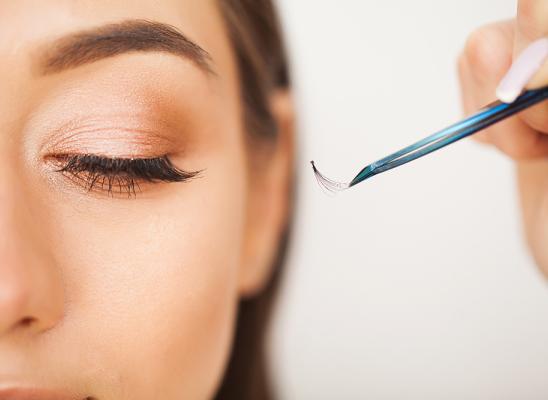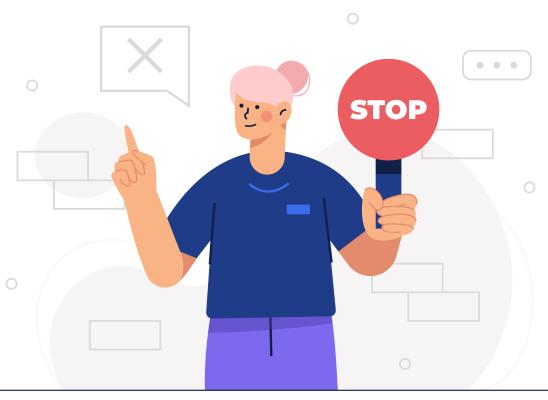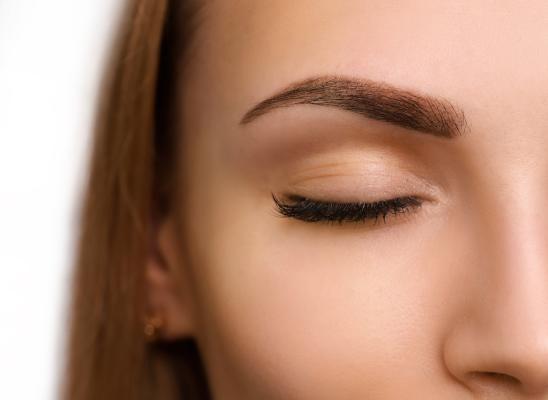Living With Trich: The Voices of Experience

Online test
Find out the severity of your symptoms with this free online test
Trichotillomania is a body-focused repetitive disorder (BFRB) characterized by compulsive hair pulling. It’s a disorder that affects about 2% of the population. It tends to emerge in childhood or early adolescence. Females are 4 times as likely to develop trich as males.
Just why someone develops trich isn’t exactly clear. Some research suggests that it is related to emotional dysregulation or social anxiety or low self-esteem. There is some indication that trauma and adverse childhood experiences (ACES) may play a role in the development of BFRBs like trich and skin picking.
But just how does someone start pulling their hair? Do they decide to pull, or does it just happen? Research can tell us a lot about why trich starts but not so much about how someone’s pulling starts or how they experience trich. To learn more about the how, we can look to the experiences of those living with trich. A number of people living with trich have shared their experiences publicly in various blogs and articles. While each story is unique, they also reveal some common themes that can help to better understand their experience of living with trich.
Pulling Isn’t Planned
A common theme that emerges is that the pulling sometimes starts with little awareness by the person, usually in childhood or their early teens. This is in keeping with the automatic or “trance pulling” that is just out of one’s awareness. The purpose of the trance pulling is thought to be a form of emotional avoidance.
But people don’t wake up one day and decide to pull. On the contrary, it seems that many people discover that they’ve been pulling quite by accident.
One person shared in her blog that she first came to the realization that she’d been pulling when she was in class and a classmate “loudly proclaimed her disgust at the discovery of a pile of hair collecting between our desks for the whole class to hear that I finally registered what I was doing. I remember looking down at the light brown pile she was fiercely pointing too and realizing, oh my gosh, that’s MY hair.” She later discovered a patch of skin on her scalp that was missing hair.
Her experience of becoming aware of the pulling is not uncommon and is echoed by others. They describe becoming aware that they’d been pulling in various ways as opposed to consciously “deciding” to pull for the first time. Mindlessly twirling hair or plucking a few lashes seemed to be a common precursor to discovering the feeling of pulling. A few people mentioned noticing the feeling of pulling out a few lashes, having a sense that there was something different about that behavior, but continuing to do it. Using the childhood game of “making a wish on an eyelash” was mentioned as a way of covering by some who pulled their lashes.
Dealing with Feelings
Many of the people sharing their stories describe dealing with emotional issues such as anxiety, stress, depression and other emotions. Some people are also open about dealing with traumatic or difficult early childhood experiences. These accounts are in keeping with research that has found associations between early childhood experiences and trich.
Many of the stories revealed struggles with anxiety, feelings of inadequacy or low self-esteem, or depression. Others shared their experiences with traumatic events. Sometimes, stress and adversity can play a role in triggering pulling, even later in life and years after. One person whose pulling came later in life described experiencing events that triggered past emotions. She described her pulling as coming on gradually, pulling a few hairs at a time, until one day, the hair loss became noticeable to friends. She describes her hair loss as symbolic for the losses she had endured.
Seasons of Pulling
Pulling doesn’t seem to be all-the-time, everyday behavior. One writer described the waxing and waning of pulling as “seasons”. Almost every story described the pulling as something that would come and go, varying in severity. Times of boredom or stress or intense, uncomfortable feelings would trigger pulling episodes.
Some people described having periods of remission, sometimes lasting for years. Others described periods when pulling would be less and times when pulling would be more intense.
How and when, and for how long, seems to be highly individual.
The Response from Others
Almost all of the people who shared their experiences with trich describe that they endured quite a bit of negativity from schoolmates. While they knew the visible hair loss drew attention, they also described pulling as an emotional release.
There are also stories of finding support and allies, sometimes in unexpected ways. Revealing their secret to family and friends was a scary moment but their experiences seem to be generally positive. Being open allowed them to release some of the shame and guilt they were feeling.
One person shared her experience with bullying and finding an ally in a most unexpected way. Having lost her eyebrows, she was afraid to go to school, knowing the ridicule she’d face. Her friend, in a show of support, shaved her eyebrows too and they faced school together. She says that experience left a lasting impression and taught her about confidence and unconditional love.
Another person found support from their high school teacher. That support helped her to control her pulling for almost three years.
Conclusion
Being able to learn about trich from those who live with it offers insight into not just how trich manifests but how it is experienced. This kind of insight also fosters understanding and a sense of connection for those living with trich. A better understanding of how trich is experienced can bring a more personalized approach to treatments.
References
1. King, R. A., Zohar, A. H., Ratzoni, G., Binder, M., Kron, S., Dycian, A., Cohen, D. J., Pauls, D. L., & Apter, A. (1995). An epidemiological study of trichotillomania in Israeli adolescents. Journal of the American Academy of Child and Adolescent Psychiatry, 34(9), 1212–1215. https://pubmed.ncbi.nlm.nih.gov/7559316/
2. Curley, E. E., Tung, E. S., & Keuthen, N. J. (2016). Trait anger, anger expression, and anger control in trichotillomania: Evidence for the emotion regulation model. Journal of Obsessive-Compulsive and Related Disorders, 9, 77-81. https://www.sciencedirect.com/science/article/abs/pii/S2211364916300227
3. Özten, E., Sayar, G. H., Eryılmaz, G., Kağan, G., Işık, S., & Karamustafalıoğlu, O. (2015). The relationship of psychological trauma with trichotillomania and skin picking. Neuropsychiatric disease and treatment, 11, 1203–1210. https://www.ncbi.nlm.nih.gov/pmc/articles/PMC4440428/
4. My trichotillomania hair pulling story (and resources). (2022, August 1). Little Miss Momma - life lessons from Ashley Stock - a momma-in-training. https://www.littlemissmomma.com/2022/08/my-trichotillomania-hair-pulling-story-and-resource-list.html
5. Nast, C. (2020, March 13). Here's what it's really like to live with trichotillomania. Allure. https://www.allure.com/story/living-with-trichotillomania
6. Prosser, M. (n.d.). Trichotillomania: My Story. YouTube. https://www.youtube.com/watch?v=IDLncj1mDvA
7. Baxter, R. (n.d.). A Mother’s Story of Trichotillomania, Depression, and Finding Help. https://consciousmagazine.co/mothers-story-trichotillomania-depression-finding-help/
8. Trichotillomania awareness | Ashley's personal story by TrichTricks — TrichTricks. (n.d.). TrichTricks. https://www.trich-tricks.com/blog/ashleys-trichotillomania-story
Online test
Find out the severity of your symptoms with this free online test
Start your journey with TrichStop
Take control of your life and find freedom from hair pulling through professional therapy and evidence-based behavioral techniques.
Start Now



